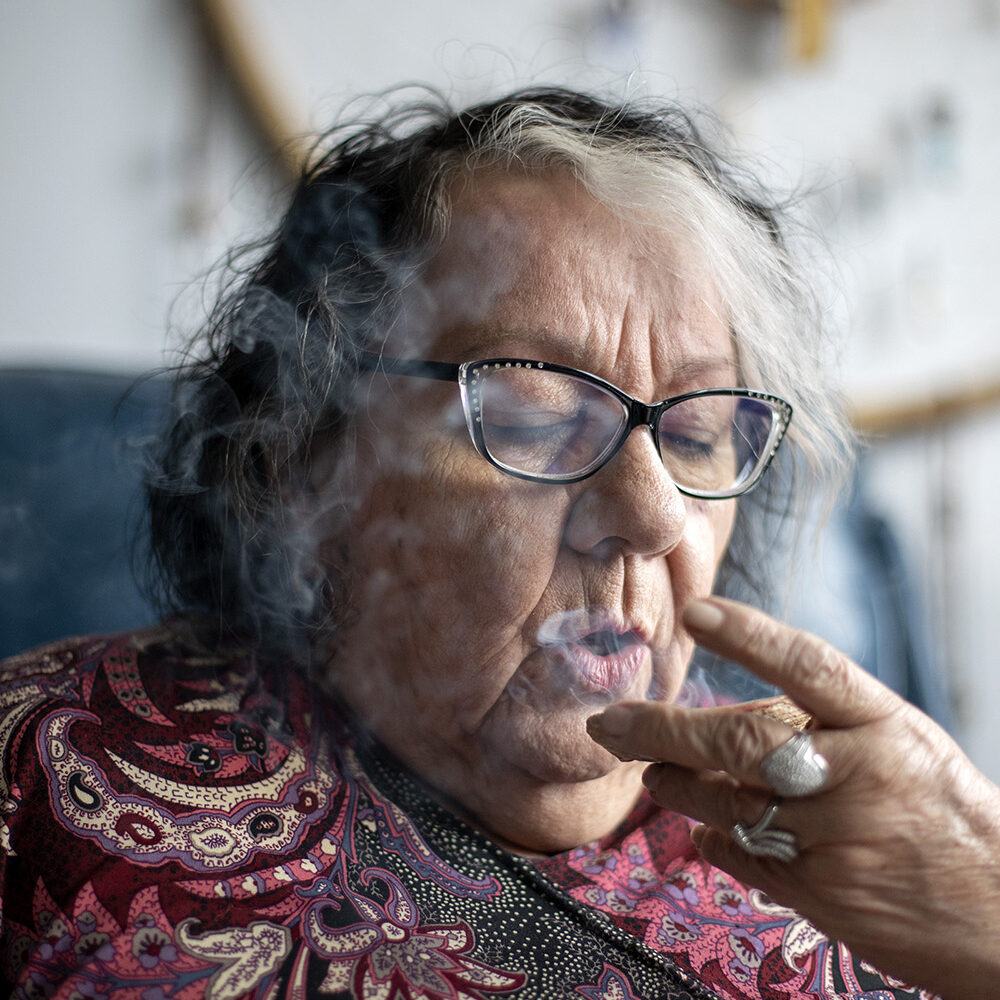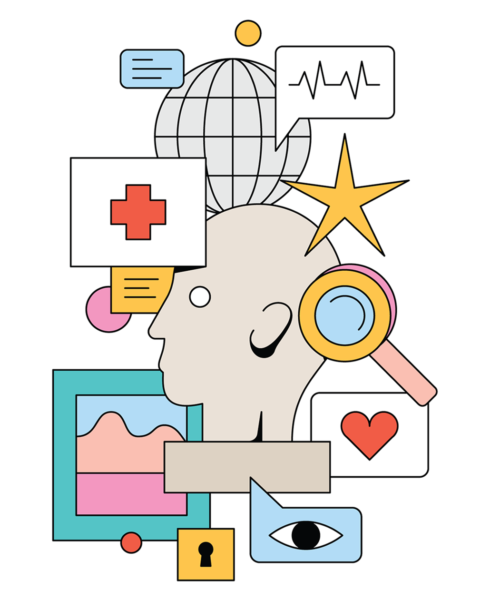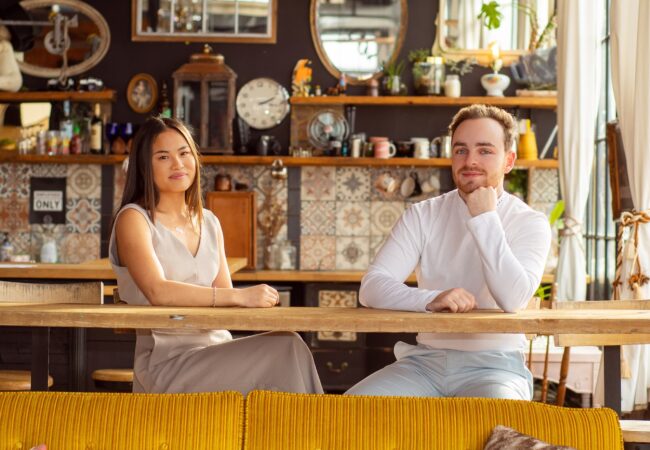The mandate of the Standing Strong (Mash Koh Wee Kah Pooh Win) Task Force is summed up in the title of its report: “Acknowledging the past, learning from the present and looking to the future.”
This strong message from the task force is intended to guide the community through the next chapter of the university, as it finds a new name and fulfils the other recommendations in the report to reduce and eventually eliminate the structural sources of persistent inequalities.
The task force developed principles that guide commemoration at the university and provide context around the history and legacy of Egerton Ryerson. Thousands of community members participated in the process through an online survey, community conversations, emails, social media, open letters and media publications. The extensive historical research conducted by the task force in 2021 was augmented by these community perspectives to form the 22 recommendations outlined in the report.[1]
In a conversation after the report was released last August, the co-chairs of the task force, Joanne Dallaire and Catherine Ellis, unpack these recommendations. They reveal how the report stems from a deep learning and unlearning of the past, highlighting the importance of keeping history alive as the university builds a more inclusive future informed by current reckonings with racial injustices and systemic inequities.
Joanne Dallaire is the university’s Elder (Ke Shay Hayo), senior advisor, Indigenous Relations and Reconciliation, and a member of the university’s Board of Governors. Catherine Ellis is a professor in the Department of History where she recently completed a term as chair.
Why is it important that the university change its name?
Joanne Dallaire: This has certainly been a question on people’s minds for a long while, and it was just time. There was a great deal of discussion and concern over the loss of the university’s history, but our goal is to spread greater awareness about the past and it got to the point where keeping the name was going to be harmful to our future.
We are known to be a university that’s very much in the know and in the now, so this decision was also greatly impacted by the current situation in the community-at-large, with all the painful things happening in the Indigenous community. We didn’t take this decision lightly, but it definitely needed to happen.
A common concern that we addressed on the task force was that we’re not trying to erase the history of Ryerson University. We’re adding to its history, its entrepreneurial spirit and its reputation for being modern and in touch with the reality of the present climate and culture. This name change says that we’re progressive, we question what we’ve been taught and we move into the truth. The name is antiquated now and, importantly, it doesn’t convey a sense of pride for members of our community. Hopefully, our alumni will feel that the university still represents the same values it had when they came to it.
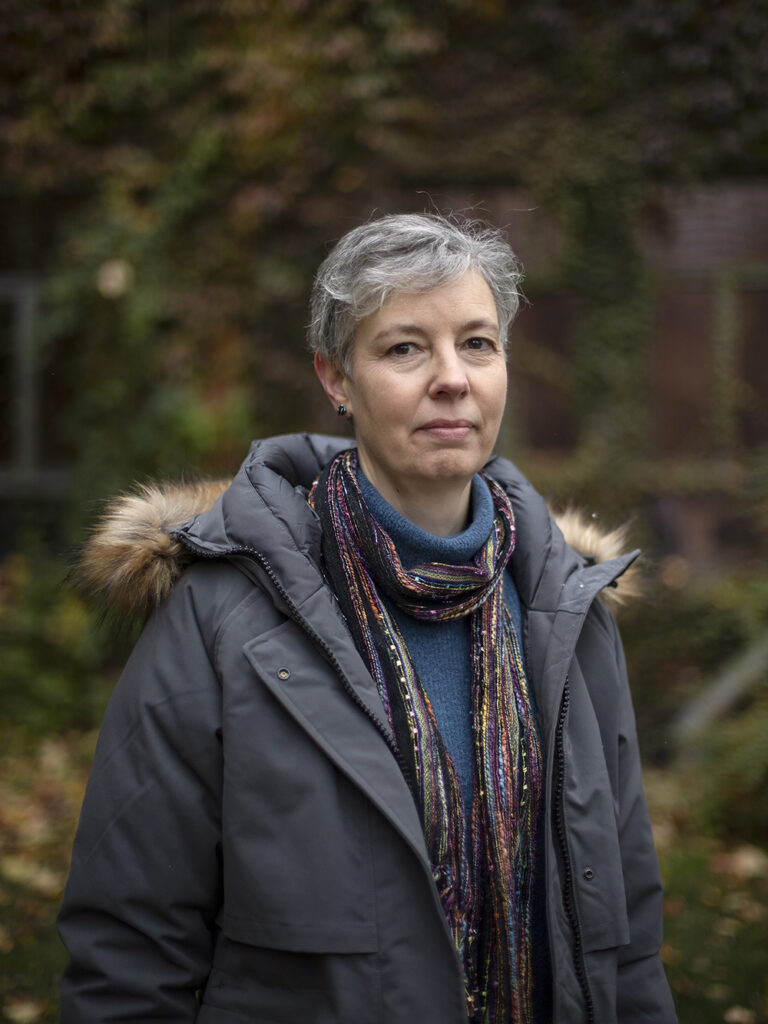
Catherine Ellis. Photograph by Alex Jacobs-Blum
Catherine Ellis: This recommendation wasn’t a short-term response to current events, but it certainly is part of a global movement that is challenging the commemoration of colonial figures. When the Ryerson Institute of Technology was founded in 1948, it was the first institution of its kind in Canada. At that time, the Ryerson name provided credibility and created many opportunities over the decades. However, that is no longer the case.
Through our research and community engagement, we learned that the Ryerson name is now causing a lot of harm. It is negatively affecting community members—students, staff, faculty and others—and it has been doing so for a long time. So, it’s no longer appropriate to commemorate the legacy of Egerton Ryerson through the university’s name when it no longer aligns with the university’s values. Renaming the university helps us “walk the talk” of our values.[2]
Furthermore, as a career-focused university, we pride ourselves on offering experiential opportunities for our students through our community partnerships, and those partnerships were being jeopardized by keeping the name. Individuals and organizations no longer want to be associated with an institution named after a colonial figure.
How does the report handle the idea of education about residential schools and Egerton Ryerson?
Joanne Dallaire: Community members need to do some of their own research and, at the very least, read the report. Reconciliation is for non-Indigenous people to educate themselves. There’s continuing pressure on Indigenous People to tell others what to do about reconciliation, but we don’t have all the answers.
We recommended that the university cease commemorating Egerton Ryerson through naming, but we did not recommend that we cease to learn about or value our history. In fact, a number of our recommendations relate to education and increasing the community’s understanding and knowledge of Egerton Ryerson’s work and legacy, and the history of the university itself.[3]
The Truth and Reconciliation Commission’s report came out in 2015, the Truth and Reconciliation at Ryerson report came out in 2018[4] and now we have this new report in 2021. There are many resources available for people to educate themselves and look for answers, because you’re either part of the solution or part of the problem. The true purpose of reconciliation is to first of all reconcile within ourselves.
Catherine Ellis: As our recommendations show, we certainly want to make educational resources more readily available to the community. But it’s important to remember that there are so many resources already out there. The gap is one of sincere belief in reconciliation, an understanding of why reconciliation is necessary and the power of action by non-Indigenous people.
I hope one of the things the task force’s report has done is bring these points home. Many people think that reconciliation is not something that they are directly affected by or involved in. Our report shows that we are directly affected, our actions can reduce harm and we can build a much stronger and inclusive community. It’s not a choice anymore. It’s something we have to do to have a university that serves our community, reduces harm and acts on its values.[5]
Three of the recommendations address advancing both Indigenous and Black scholarship. Why was it important to include scholarships for Black students too?
Catherine Ellis: It’s important because the legislation that Egerton Ryerson drafted and implemented over 30 years, as superintendent of education, enabled the creation and perpetuation of separate schools and segregation for Black students.
Contrary to some suggestions and rationales given at the time, there is evidence that this was not what Black families wanted. Most importantly, the consequences of segregated education for Black students in Ontario are still with us. They are a contributing factor to the inequities in academic achievement, outcomes and participation in higher education that we see between Black students and those from other groups.
It’s important that we recognize the ongoing harm and take action at the institutional level by including scholarships for Black students as well as Indigenous students, and eventually expand them to include other People of Colour.[6]
Joanne Dallaire: The image we have of Egerton Ryerson that has guided his commemoration up to now is largely based on the idea that he advocated and implemented a free universal public school system that was open to all students, and this was very progressive at the time. But there is tension between what he said he wanted and what his actions, the legislation and reports he drafted, provided for. What these actually provided for was an education system that contained multiple types of schooling for different types of children identified by race and gender.[7] This is contrary to the way the university operates now—we strongly promote women in STEM and create pathways to education for students from all backgrounds.
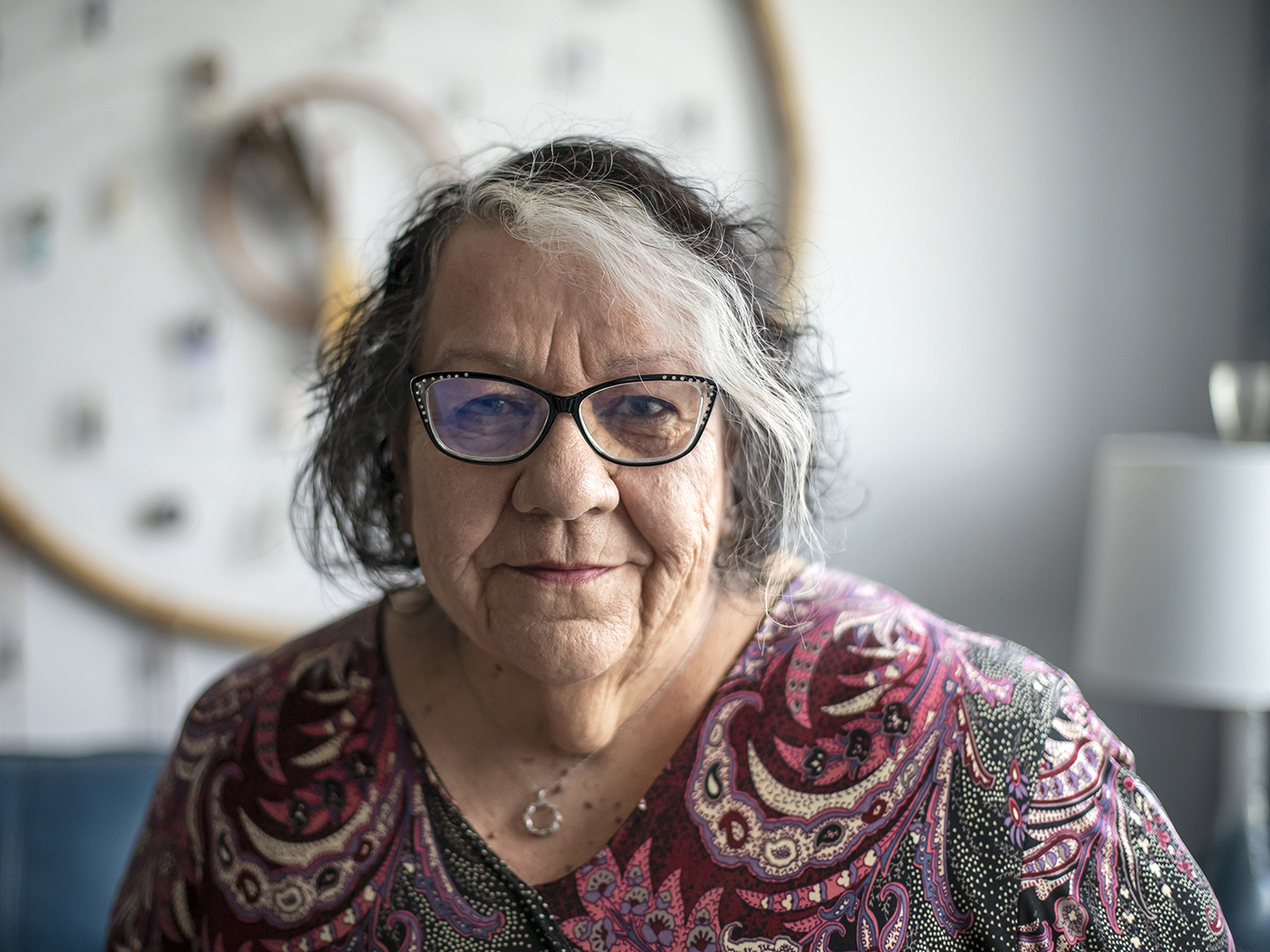
Elder Joanne Dallaire. Photograph by Alex Jacobs-Blum


